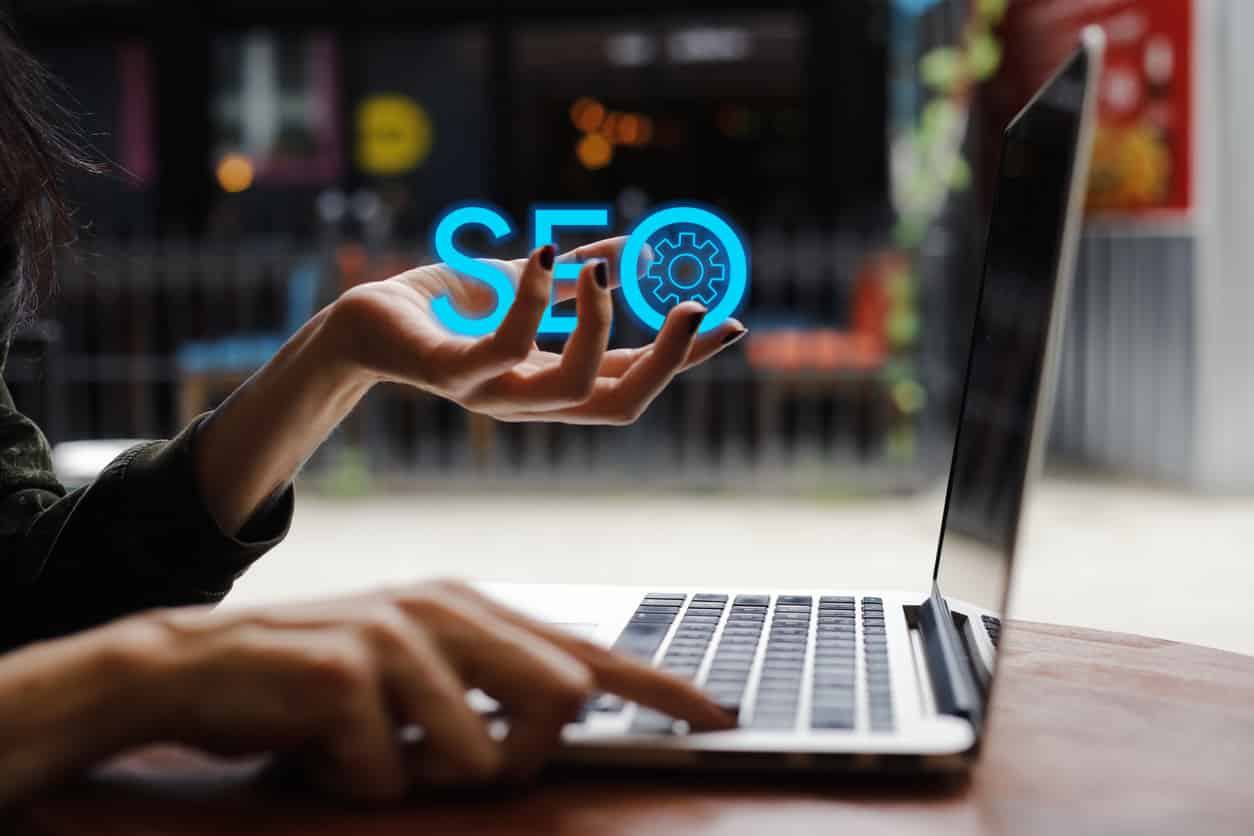The terms SEO and SEM are often wrongly used interchangeably. They are two different methods used to reach their target audience on search engines such as Google. These search engines typically showcase two types of search results: paid and organic.
Paid results are those results that show up when a company pays for Google clicks, and organic results are those that Google deems to be most relevant for a particular search query. Search Engine Optimization or SEO focuses on optimizing a website to gain organic traffic, and SEM or Search Engine Marketing aims to gain traffic from mainly paid methods. Search Engine Marketing includes both SEO and PPC (Pay Per Click). In this blog, we will discuss the following topics and understand what SEO vs SEM means.
- What is SEO?
- What is PPC?
- What is SEM?
- SEO vs SEM: Differences
- Similarities
- SEO vs SEM: Which to use?
- Conclusion
What is SEO?
“SEO is the art and science of persuading search engines such as Google, Bing, and Yahoo, to recommend your content to their users as the best solution to their problem.” – Jason Barnard
Types of SEO (Search Engine Optimization)
- Technical SEO
- On-page SEO
- Off-page SEO
Technical SEO
Technical SEO is the type of SEO whose focus is to improve the technical structure of a website. It focuses on the site speed, website crawling, data security, index, and mobile-friendliness among others.
On-page SEO
On-page SEO is to optimize the webpage in such a way that it will help the search engines to understand its contents. A few examples of on-page SEO are using short but relevant URLs, using title tags and meta descriptions, using alt tags on images on the webpage, writing easy-to-read content, including keywords in the content, and more.
Off-page SEO
Off-page SEO deals with the offline optimization process. Building authoritative links on other high-ranking websites is a part of off-page optimization. This is a process through which we can build and improve the trustworthiness of our webpage. Not only in the eyes of our users but also the eyes of the search engines. When a search engine such as Google notices that users are trusting the content on a particular page, they try to rank this page higher up in the search results. Backlinks, brand mentions by high-authority sites, and earning positive reviews are a part of off-page SEO tactics.
With the help of the combined efforts of all three types of SEO, we will be able to reach our ultimate goal of organically ranking higher on SERPs.
What is PPC?
Pay Per Click or PPC is a form of advertising through which businesses pay search engines such as Google to get clicks and rank their webpages higher up in the SERPs. Here is an example where the first search result is an advertisement.
Also Read: How a company can be successful with Social Media Marketing
What is SEM (Search Engine Marketing)?
Search Engine Marketing is a term that encompasses both SEO and PPC. Some people see SEM and PPC as synonymous with each other. SEM makes use of advertising techniques such as Google Ads to rank higher and reach the target audience.
It includes setting up and optimizing paid ads that will help in increasing conversions and returns on investment. SEM also includes keyword research that helps in planning a targeted ad campaign.
Google Ads includes campaigns such as:
- Search Ads
- Display Ads
- Gmail Ads
- Shopping Ads
- YouTube Ads
When it comes to SEO, it may take weeks and months to see the results. The main advantage of SEM is that we can see immediate results. We can drive clicks and conversions with the help of SEM in a short amount of time. You will also be able to control the ads that are displayed, including the content of the ad and the target audience. Ideally, both SEO and SEM are part of one strategy that is helping us drive customer traffic to our website.
What is the Difference between SEO vs SEM
1. You can clearly see the word “Ad” on top of the search result when it is under SEM
2. In SEM, you pay for clicks or impressions
In case of SEO, your website ranks well due to organic efforts such as backlinking, optimisation. Whereas in SEM, the advertiser is required to pay every time a user clicks on the ad or for every thousand impressions depending on the ad campaign. SEO is free, and SEM is paid.
3. SEO cannot drive immediate results
When an SEM paid campaign is live, it immediately appears in the search results once approved. Whereas, in SEO, it may take several weeks or months to show results unless you do not have any competition. Not having any competition is very rare as they are hundreds of companies who are competing with each other to rank on the first page of Google. Building an organic strategy takes a long time and more effort.
4. SEM does not deliver cumulative results
An SEO strategy consists of weeks and months of work on backlinking and finding the techniques that work best for the organization. The efforts that are put into building an SEO strategy can reap benefits over some time. Whereas, in the case of SEM, when the ad campaign is over, and the ads are turned off, we will lose visibility.
5. SEM is easier to test
Under search engine marketing, the need to revise your ad copy, choose the new audience to be targeted is higher. Due to this, SEM always requires testing. Changes need to be made on your landing pages for each of the different campaigns. Testing does not take a lot of time, since most of the data is available and results are given to us quickly.
In SEO, we cannot test whether it will work or not as easily as we can test SEM. The algorithm takes time to cnsider the changes made, crawl the pages, recognize the backlinks, etc. Thus, your SEO strategy is a slower process and cannot be easily tested.
Also Read: Digital Marketing Salary Trends 2020
Similarities between SEO and SEM
Although the terms are different from each other, they are similar in a few ways. Let us take a look at these similarities.
- Improve your website’s visibility
- Drive relevant and quality traffic to your website
- Gain a deeper understanding of your audience
- Use keyword research to drive traffic
- Require ongoing optimization
SEO vs SEM: Which to use?
Now that you know the similarities and differences between the two terms, let us understand which strategy you should use, and when. To decide which one to use, we must consider the following points:
- Specific Goals
If your goal is to get traffic quickly or test a specific campaign, you can choose SEM/ PPC. If your goal is long-term growth, you can choose SEM strategies.
- Existing Performance
If your company already has good visibility organically, making use of SEM to boost this performance and increase traffic might be a good option.
- Your margins
If your campaign has high costs and low clicks, it doesn’t make sense to continue investing in SEM without further evaluation and testing. In a situation like this, it may prove to be more fruitful to use SEO best-practices.
But, this means that we are planning to use either one of the strategies. In reality, making use of a combination of both is much more beneficial as you can use insights from your SEM campaigns to improve your SEO performance. You can remarket your campaigns by ensuring that keywords and other SEO practices are followed. And thus, by combining both the efforts you can achieve maximum effectiveness and rank higher on the SERPs.
Conclusion
SEM and SEO are both equally important for a company to achieve its desired results. In certain situations, SEO might be the answer, and in other cases, SEM might be the solution. Sometimes, a combination of both. Enrol with Great Learning’s Strategic Digital Marketing Course and learn more such concepts.
Also Read:
Top Digital Marketing Interview Questions for 2020
Reasons Why You Should Focus On Plagiarism Free Content








